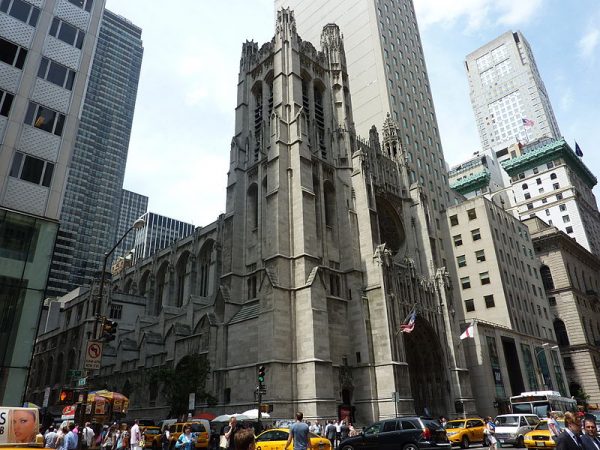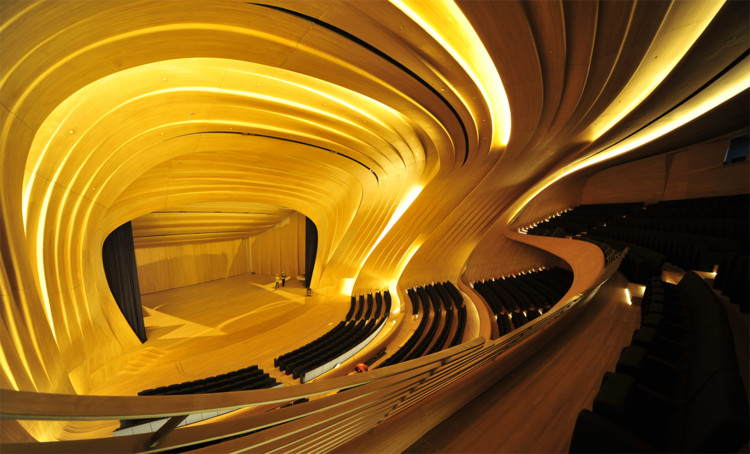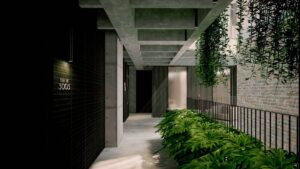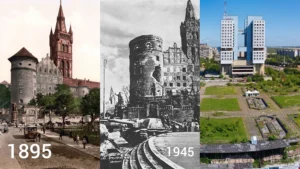The Invisible Layer of Gothic Genius: An Introduction
For hundreds of years, the phrase “Gothic cathedral acoustics” has brought to mind a single, uncomplicated picture: huge, open expanses and long, epic echoes. We think of the long echoes of Gregorian chant or the loud sound of a pipe organ. People thought that once you had set the basic rules, like high vaulted stone ceilings and hard surfaces, you had set the sound.
However, cutting-edge architectural research that will come out in 2025 is strongly questioning this idea. Recent high-resolution acoustic modeling and measuring research are demonstrating that the alleged “uniformity” of Gothic sound is a fallacy. The Gothic style’s most impressive visual feature was its complicated shapes, which also caused a startling amount of sound variation.
The results show that builders in the Middle Ages were probably the first sound designers, even if they didn’t mean to be. From Salisbury to Amiens, every cathedral has its own distinct acoustic fingerprint. This is not by chance, but because of small, precise changes in its structure. This new look into Gothic’s sound environment is one of the most exciting and least-told tales for architectural bloggers and fans in 2025.

Source: ar.inspiredpencil.com
The Myth of a Single Medieval Sound
For many years, the Reverberation Time (RT60) metric, which measures how long sound takes to fade away, was the main way to do acoustic investigation of medieval churches. Most great Gothic buildings are huge and made of stone, thus they all have long reverberation times, which can last anywhere from six to 10 seconds. This led to the conclusion that their acoustics were mostly the same—loud, long-lasting, and often bad for speaking.
This way of thinking is too narrow. Long reverberation is simply one half of the narrative for a musician or sound engineer. Secondary acoustic elements including clarity (how clear a sound is), sound diffusion (how sound is spread out), and early decay time (how quickly the first sound fades) determine the real character of a soundscape.
The most recent research, which used complex simulation software and on-site impulse response measurements, moves the focus away from simple RT60 and toward these important secondary parameters. This change shows that the same things that make Gothic building look complicated, such the intricate stone work, also make its soundscapes so different.

Source: decofond.com
The Research Breakthrough: Acoustic Fingerprints
A significant study released in early 2025, examining the acoustic characteristics of many European churches, identified three different auditory signatures: Gothic, Neoclassical, and Modern. While verifying that Gothic cathedrals share essential qualities, the most interesting conclusion was that the Gothic style itself has a lot of different sounds.
Researchers discovered that two cathedrals with comparable space and materials could yield significantly divergent acoustic experiences only owing to their distinct architectural characteristics. These discrepancies were big enough to change how melodic a mass sounded and how easy it was to understand a sermon.
The main point is that the changes in Gothic architecture from the Early Gothic period to the Rayonnant period and then to the Late Gothic/Perpendicular styles were also an accidental technique to test sound. French architects focused on height and English architects on linear intricacy as architectural styles changed from one location to another. This changed the way the insides sounded without anyone knowing it.
 Exterior of Saint Thomas Church in New York City
Exterior of Saint Thomas Church in New York City
How Little Things Made Unique Soundscapes
The parts that were made to make the structure strong and look good ended up being the most important sound-shaping parts.
1. The Shape of the Rib Vault
The ribbed vault is the most Gothic characteristic because it evenly spreads weight along the piers. But acoustically, the way the vault is built makes it operate like a huge diffuser and reflector.
- Early and High Gothic (for example, Amiens and Chartres): The simpler, four-part ribbed vaults (quadripartite) tended to direct sound more directly, which generated sound fields that were strong but sometimes hard to understand.
- Late/Perpendicular Gothic (e.g., Gloucester, King’s College Chapel): The change to intricate, multi-ribbed vaulting (lierne and fan vaults) made the surfaces much more complicated. These complicated stone webs work like huge sound diffusers, spreading sound in many directions. This dispersion is thought to make speech clearer even when the reverberation time is long, making the acoustic haze “cleaner.”
The Shape of the Rib Vault Source: architecturecourses.org
2. The Shape of the Pier and Column
The big, thin columns and grouped piers are more than merely vertical supports.
A 2024–2025 report on Notre-Dame de Paris explained how the multiple columns and grouped piers make sound dispersion. The size and shape of these piers influence which sound waves are absorbed, reflected, or scattered. They work as big, low-frequency acoustic treatments.
Source: jlconline.com
3. Material and Finish
The finish is very important, even though the stone is the substance. The search results showed that churches with plaster walls on the inside had mid-frequency reverberation periods that were noticeably different from those with exposed brick or carved stone. The difference between a wall made of smooth-cut ashlar and one made of rough-hewn stone could change how sound reflects and scatters, which would change how loud and clear the sound seems.

Source: inspiredpencil.com
The Legacy: From High Mass to Modern Concert Hall
This new knowledge about how Gothic architecture changes sound is more than just a historical record; it is shaping how we build buildings now.
For architects in 2025, the most important thing to remember is that complicated geometry, which was traditionally assumed to be acoustically chaotic, can actually be a very useful instrument for sculpting sound. Modern concert hall designers usually use flat walls and big, regulated reflectors, but now they’re looking back at the very detailed surfaces of the medieval period.
Instead of trying to make a single, mathematically flawless sound decay, the Gothic master builders showed how important spatial diffusion and regulated clutter can be. Today, this is being used in performance spaces that use parametric design to imitate the scattering effects of rib vault junctions, cusps, and tracery, but with modern, lightweight materials. The idea is no longer to get rid of all reverberation. Instead, it is to allow for a lot of diffusion that keeps the feeling of space while making things clearer.
Conclusion: Hearing History Again
The 2025 study shows that Gothic architecture was not just a great example of visual and structural engineering, but also an early and deep understanding of how sound travels through buildings. You can hear the distinctions between cathedrals in their air, and you can feel them in the way they sound.
As architects go into a future where AI and parametric design rule, the Gothic style’s complexity and subtle changes are a useful, natural blueprint. The new goal is not just to build high or green, but to build richly, making spaces where the building’s basic bones are an important and unique element of the sensory experience. We are finally starting to hear the quiet science that is hidden in the old stone.
Reference
Reverb: The Evolution of Architectural Acoustics – 99% Invisible
Church acoustics: A state-of-the-art review after several decades of research – ScienceDirect
For more blogs like this CLICK HRERE!!!






